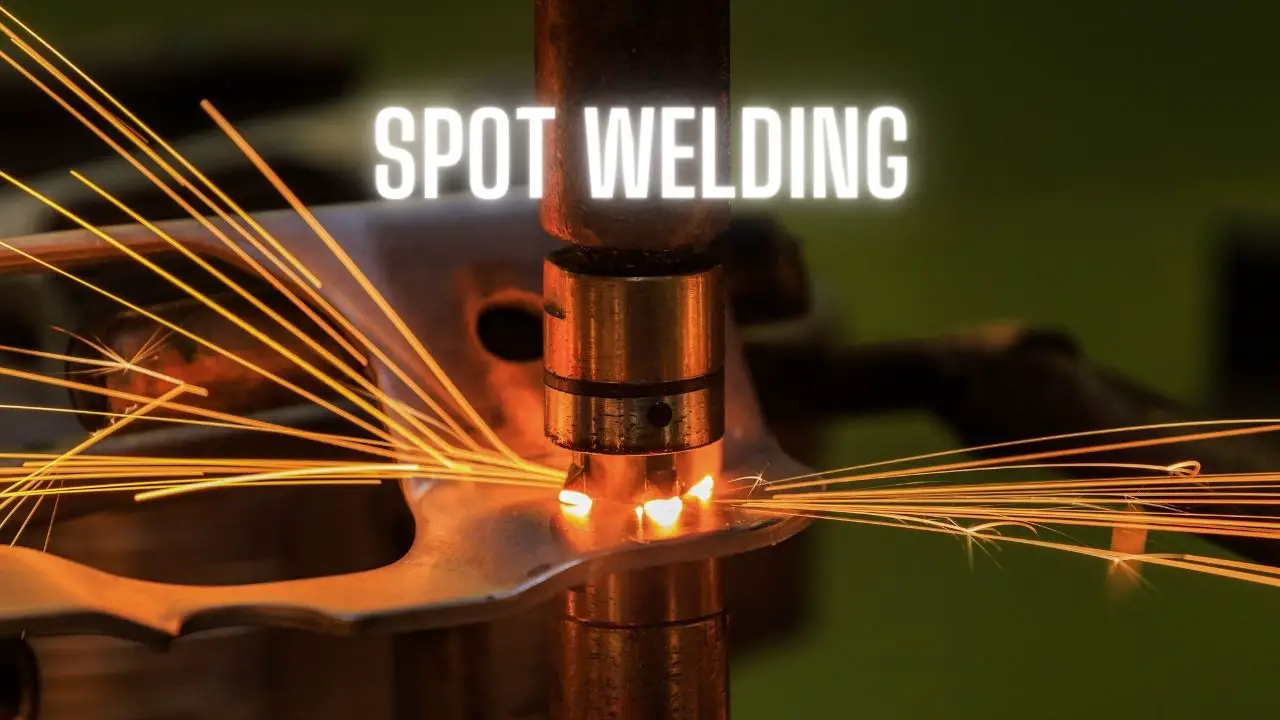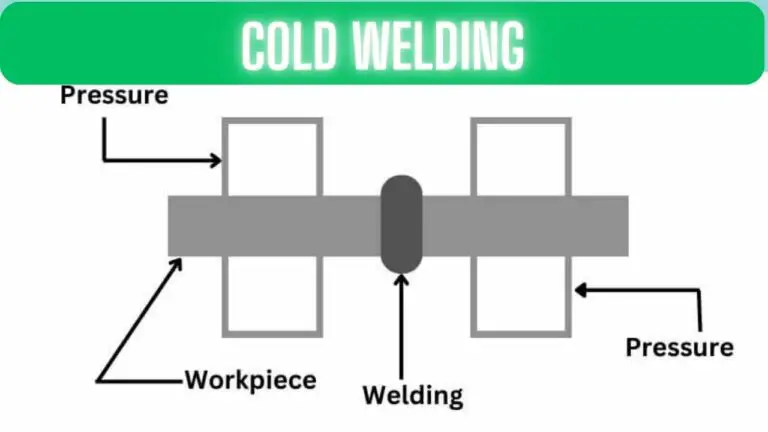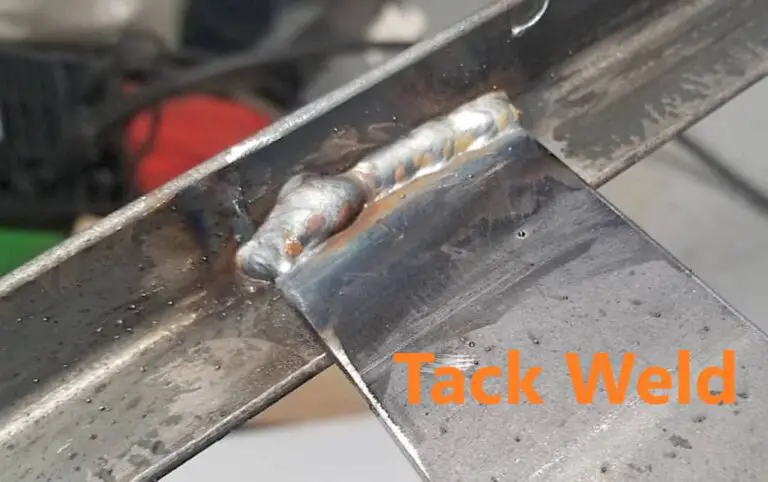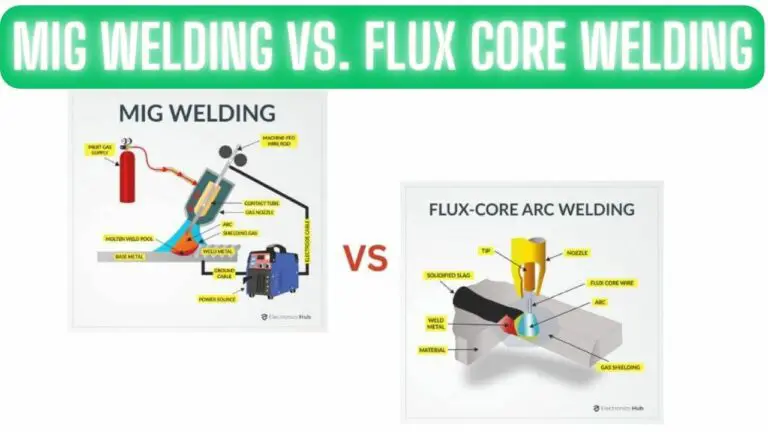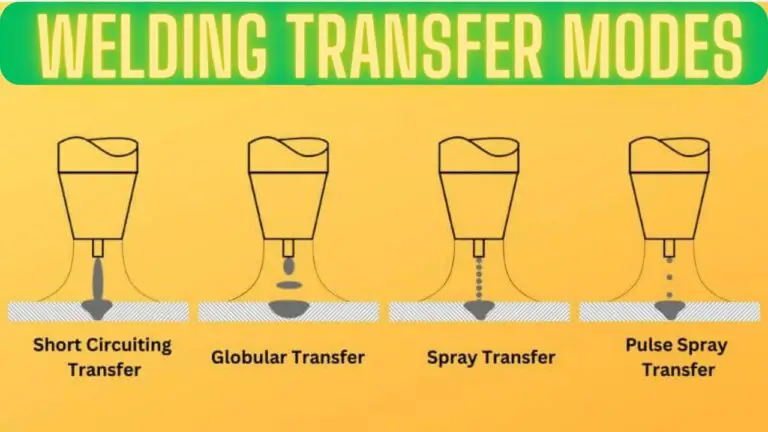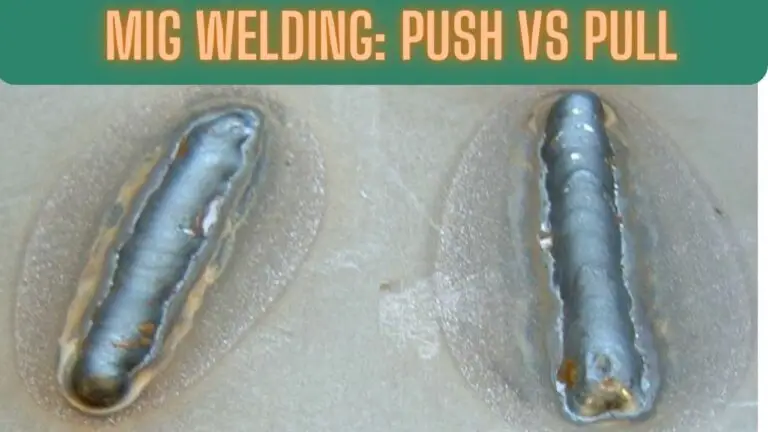Spot Welding: Joining Metals with Precision
Introduction
Spot welding is a widely used technique in manufacturing and construction industries for joining metal components with precision and efficiency. It relies on the principle of resistance heating to create strong, durable bonds between metal pieces. In this article, we’ll delve into the details of spot welding, its process, applications, advantages, and considerations.
The Spot Welding Process:
- Materials: Spot welding primarily works with metals, especially those with good electrical conductivity like steel, stainless steel, and aluminum.
- Electrodes: Two copper electrodes, typically shaped as flat or pointed tips, come into contact with the metal pieces to be welded.
- Clamping: The metal pieces are clamped together between the two electrodes.
- Electrical Current: A high electrical current is passed through one electrode, through the metal sheets, and to the other electrode.
- Resistance Heating: As the current flows through the metal sheets, they resist the electrical flow, generating intense heat at the contact points between the sheets.
- Melting and Bonding: The intense heat melts a small area of the metal sheets at the contact points, forming a weld nugget. When the heat is removed, the molten metal solidifies, creating a strong bond.
- Cooling: After solidification, the welded joint cools rapidly, and the electrodes release the pressure.
Applications of Spot Welding:
- Automotive Industry: Spot welding is extensively used in the automotive sector to assemble various parts like car bodies, exhaust systems, and fuel tanks.
- Electronics: It is employed for manufacturing electronic components, including battery packs and circuit board connections.
- Aerospace: The aerospace industry relies on spot welding for constructing aircraft components and structures.
- Sheet Metal Fabrication: Spot welding is used in sheet metal fabrication for making cabinets, enclosures, and HVAC ducts.
- Construction: In the construction industry, spot welding is used for joining steel beams, reinforcing bars, and other structural elements.
- Household Appliances: Manufacturers of appliances like refrigerators and washing machines use spot welding to assemble the metal parts.
Advantages of Spot Welding:
- Speed: Spot welding is a rapid process, making it highly efficient for high-volume production.
- Strong and Durable: Spot-welded joints are exceptionally strong and durable, often exceeding the strength of the base metal.
- Clean and Precise: Spot welding leaves minimal marks or deformations on the metal surface, creating clean and precise joints.
- Repeatable: It is a repeatable and consistent process, ensuring uniform quality in production.
- No Additional Materials: Unlike some other welding methods, spot welding doesn’t require additional filler materials, reducing costs.
Considerations in Spot Welding:
- Material Thickness: Spot welding is most effective with thin to medium-thickness metals. Thicker materials may require multiple welds or other welding methods.
- Electrode Maintenance: Proper electrode maintenance is crucial to ensure consistent weld quality.
- Material Compatibility: Not all metals are suitable for spot welding. The materials being joined must have good electrical conductivity.
- Design and Layout: The design and layout of the joint area, as well as the placement of welds, are critical for a successful spot welding process.
Parameters of Spot Welding
Spot welding is a versatile welding process used in various industries to join metal components. Several key parameters and settings need to be considered to achieve optimal spot welds. Here are the essential parameters of spot welding:
Welding Current (I):
- Welding current, measured in amperes (A), is one of the most critical parameters in spot welding.
- It determines the amount of heat generated during the welding process. Higher current results in more heat.
- The proper welding current depends on factors like the material thickness, type of metal, and electrode size.
Welding Time (t):
- Welding time, measured in milliseconds (ms) or seconds (s), represents the duration during which the welding current flows through the metal sheets.
- Longer welding times allow for more heat to be generated, which is essential for thicker materials.
Electrode Force (F):
- Electrode force, often referred to as electrode pressure, is the amount of pressure applied to hold the metal sheets together during welding.
- Adequate electrode force is necessary to ensure good electrical contact and proper bonding.
Electrode Size and Shape:
- The size and shape of the electrodes play a crucial role in the quality of the spot weld.
- Electrodes are typically made of copper and come in various shapes (flat, pointed) and sizes.
- The electrode size affects the contact area and heat distribution.
Electrode Material:
- Electrode material should have good electrical conductivity and resistance to wear and deformation.
- Copper electrodes are commonly used due to their excellent conductivity and durability.
Welding Sequence:
- In some applications, it’s important to consider the sequence of spot welding in a multi-spot welding operation. Proper sequencing can help distribute heat evenly and prevent warping or distortion.
Welding Machine Settings:
- Modern spot welding machines allow for precise control of welding parameters, including current, time, and electrode force.
- Adjusting machine settings ensures consistency and quality in spot welding.
Material Type and Thickness:
- The type and thickness of the metal being welded influence the choice of welding parameters. Thicker materials may require higher current and longer welding times.
Welding Environment:
- The welding environment, including factors like temperature and humidity, can affect the welding process and should be considered.
Cooling Time:
After the welding current is turned off, a cooling time is often specified to allow the weld to solidify and cool down. Cooling time can vary depending on the application and material.
Welding Location:
The specific location where the spot weld is applied on the metal sheets is important for achieving desired joint strength and integrity.
Properly adjusting these parameters based on the materials and requirements of the welding job is crucial for achieving consistent, strong, and reliable spot welds. It’s essential to refer to welding charts, guidelines, or consult with welding experts to determine the appropriate settings for your specific application.
FAQS
What is spot welding primarily used for?
Spot welding is primarily used for joining metal components together, particularly in industries such as automotive, aerospace, electronics, and construction. It’s commonly used to assemble sheet metal parts, create strong and durable joints, and ensure a reliable bond between metal pieces.
How does spot welding differ from other welding methods, such as arc welding or MIG welding?
Spot welding is distinct from other welding methods because it is a resistance welding process that doesn’t involve a consumable filler material. It relies on passing an electrical current through the metal sheets to be joined, generating heat at the contact points and creating a weld nugget. This makes it ideal for joining thin to medium-thickness metals quickly and efficiently.
What types of metals are suitable for spot welding?
Spot welding is most commonly used with metals that have good electrical conductivity. Steel, stainless steel, and aluminum are frequently spot-welded materials. However, the specific type and thickness of the metal can influence the welding parameters and techniques used.
What factors affect the quality of spot welds?
Several factors can impact the quality of spot welds, including welding current, welding time, electrode force, electrode size and shape, material type and thickness, and the welding environment (temperature, humidity). Properly adjusting these parameters and maintaining equipment is essential for achieving high-quality spot welds.
Can spot welding be used for thick metal components?
Spot welding is most effective for joining thin to medium-thickness metals. For thicker materials, multiple spot welds may be needed, or alternative welding methods like arc welding or MIG welding may be more suitable.
Is spot welding suitable for non-metallic materials like plastics or composites?
Spot welding is primarily designed for metal-to-metal joining and is not suitable for non-metallic materials like plastics or composites. There are other welding techniques, such as ultrasonic welding or hot plate welding, specifically designed for joining plastics.
What safety precautions should be taken when performing spot welding?
Safety precautions for spot welding include wearing appropriate personal protective equipment (PPE), such as safety glasses, gloves, and welding helmets with appropriate shade levels. Adequate ventilation or fume extraction may also be necessary to remove welding fumes. Operators should receive training in safe welding practices and be aware of potential electrical hazards.
Can spot welding be automated for mass production applications?
Yes, spot welding is often automated in mass production settings. Robotic spot welding systems are used extensively in industries like automotive manufacturing, where precise and consistent welds are required on a large scale. Automation improves efficiency, reduces labor costs, and ensures consistent weld quality.
How do I determine the appropriate welding parameters for my spot welding application?
The appropriate welding parameters for spot welding depend on factors such as the type and thickness of the metal, the desired joint strength, and the specific requirements of your application. Welding charts, guidelines, or consultation with welding experts can help you determine the correct parameters for your project.
Conclusion
In conclusion, spot welding is a versatile and widely used welding method that offers speed, strength, and precision in joining metal components. Its applications span various industries, making it a fundamental technique in modern manufacturing and construction processes. Understanding the process and its considerations is essential for ensuring successful spot welds and durable metal joints.

